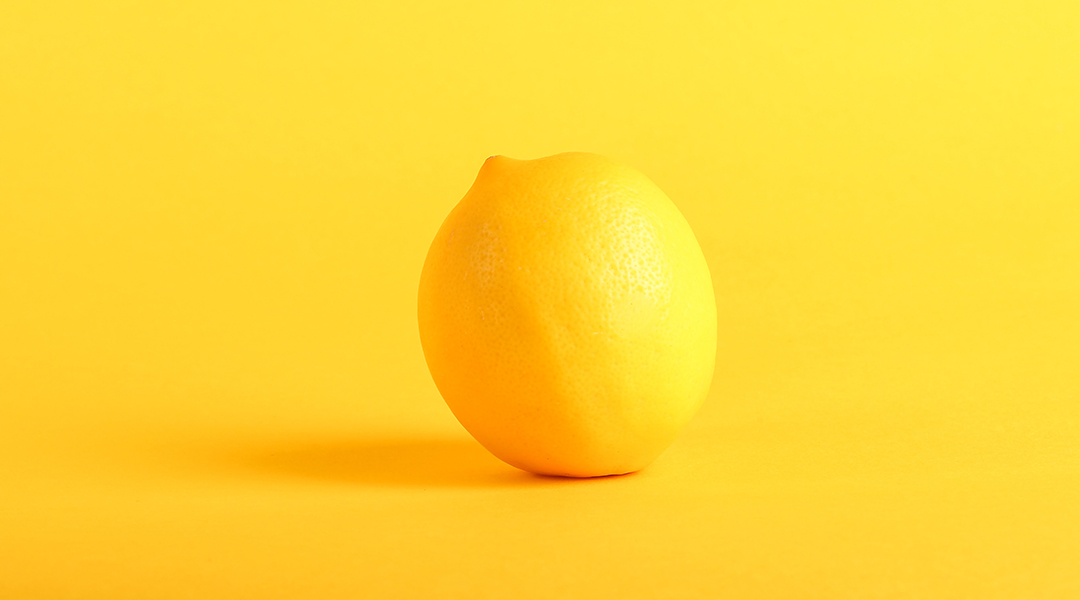The lemon plant was cultivated more than 1000 years ago, with origins most likely in northern India. Everything from this unassuming fruit including its peel, pulp, and juice have been used in countless recipes as well as some homemade medicines. Now, researchers from the National Research Council in Palermo, Italy have applied green chemistry technologies to open the route to a broader and richer economy for lemons, well beyond its conventional markets.
According to team leader Mario Pagliaro, lemons have great potential as a source of valued bioproducts. “In the last 35 years, the lemon share of the global citrus fruit production has gone from 5% to 13%, going from 5.2 to 17.5 million tons of lemons,” he said. The NCR conducted the study together with the Universidade de Lisboa in Portugal.
New green chemistry technology
The use of fruit by-products as a source of valued chemicals and bioproducts — well beyond biogas production — is now a common industrial practice in many countries. Much work has been dedicated to the orange bioeconomy, however, no research has thus far been done on lemon biorefinery. “To the best of our knowledge, no previous studies have addressed the bioeconomy of lemon,” said Pagliaro, although the fruits contains numerous valuable phytochemicals including biophenols, terpenes, citric acid, and tannins.
Its peel has been the main source of pectin — a gelling agent and stabilizer used in foods — for several decades, but the sour fruit can offer more. Today’s green chemistry technologies, such as microwave-assisted extraction, hydrodynamic cavitation, and solar-energy driven extraction, allowed team to extract highly valued components at high energy efficiency using no acid, base, or organic solvent.
Development of citrus biorefineries
According to the researchers, these technologies will shortly enable the full development of a lemon bioeconomy using waste peel obtained at lemon processing plants. Being modular and adaptable to continuous processes, these extraction technologies can be easily installed to convert a citrus processing company into a true citrus biorefinery. Beyond just their bioactive ingredients, Pagliaro emphasizes how waste lemon peels can be used to produce fragrances, antibacterial fibers, as well as advanced functional materials such as bio-aerogels.
“From Yellow 15, a highly stable natural dye identified by Mark Hamann’s team in North Carolina, to the aforementioned aerogels, to our IntegroPectin which was obtained for the first time by applying hydrodynamic cavitation through the solar‐energy driven extraction of citrus peel,” said Pagliaro, “it is important to commercialize these new findings so as to replace products and processes which pose different health, safety, and environmental hazards.”
Reference: R. Ciriminna, et al. ‘The Case for a Lemon Bioeconomy‘ Advanced Sustainable Systems (2020). DOI: 10.1002/adsu.202000006

















